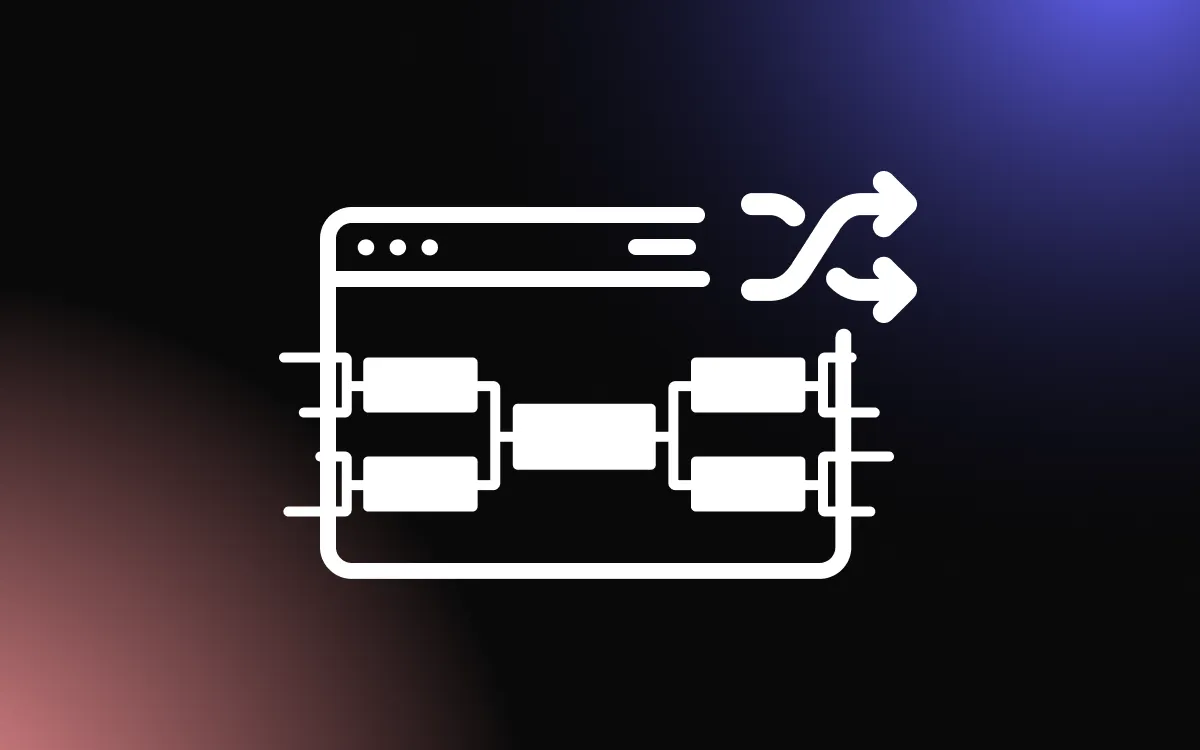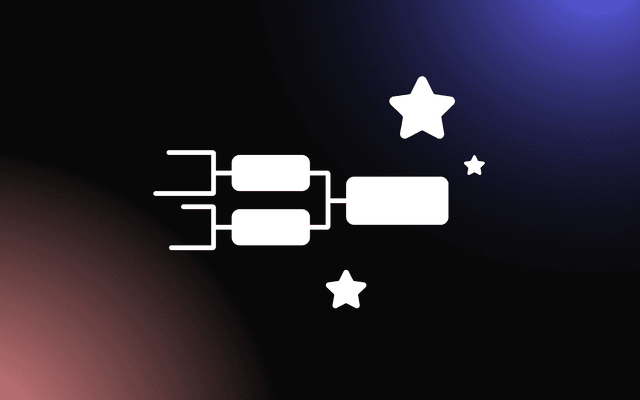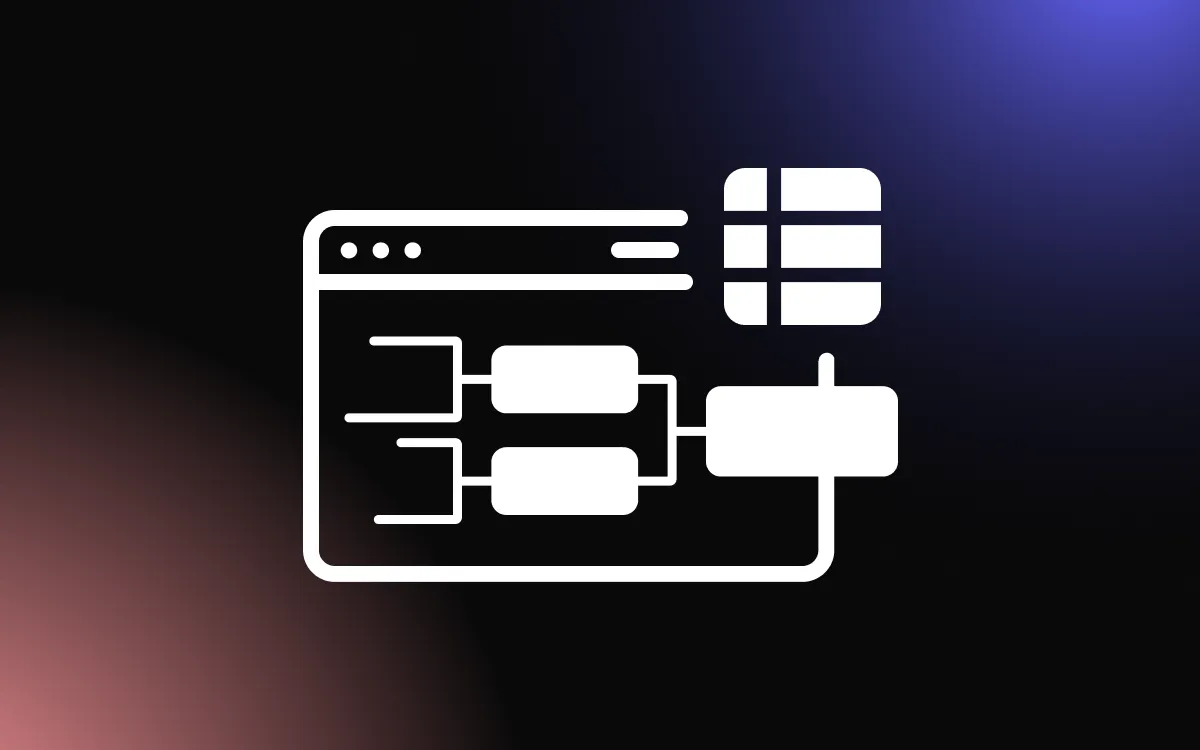
Tournament brackets, especially in high-stakes competitions like March Madness, ignite a unique blend of excitement, anticipation, and engagement among fans. But what lies beneath this fervor?
This article delves into the psychology behind tournament bracket predictions and fan engagement, exploring how these activities tap into human emotions, cognitive biases, and social behaviors.
From the thrill of predicting outcomes to the sense of community and rivalry it fosters, we'll examine the factors that make bracket predictions more than just a game, but a captivating psychological phenomenon.
Exploring the Allure of Bracket Predictions
The Thrill of Prediction and Competition
Bracket predictions captivate millions worldwide, largely due to the inherent excitement in forecasting outcomes:
- Sense of Competition: Making predictions in a bracket turns each participant into a competitor. There's a thrill in pitting one's judgment and knowledge against others, whether in informal groups or large-scale public contests.
- Unpredictability and Surprise: Sports and games are inherently unpredictable, and this uncertainty adds to the excitement. Upsets and unexpected outcomes provide a rush and keep participants engaged throughout the tournament.
- Knowledge and Skill Display: For many, bracket predictions are a way to showcase their knowledge of the sport or game. It’s a matter of pride to accurately predict outcomes based on one’s understanding and analysis.
Psychological Factors Driving Participation
Several psychological factors contribute to the widespread appeal of bracket predictions:
- Sense of Belonging: Participating in bracket predictions, especially in group settings, fosters a sense of community and belonging. It’s a shared activity that brings people together over a common interest.
- Reward and Recognition: The prospect of winning, whether it’s a formal prize or just bragging rights, is a strong motivator. Recognition among peers for successful predictions can be highly rewarding.
- Cognitive Engagement: Making predictions involves a degree of strategy and cognitive engagement. Participants enjoy the challenge of analyzing data, trends, and making informed guesses.
- Emotional Investment: Predicting outcomes in brackets often leads to an emotional investment in the games or matches. This heightens the overall experience of watching and following the tournament.
The Role of Brackets in Fan Engagement
Building Community and Shared Experiences
Brackets, especially in sports and gaming, play a significant role in building community and shared experiences among fans:
- Shared Excitement: Brackets create a shared sense of excitement and anticipation. Fans engage not just with the event but also with each other, discussing predictions, strategies, and outcomes.
- Community Events: Many fans participate in bracket pools or contests, which often become community events in themselves, whether in workplaces, among friends, or online communities.
- Inclusive Participation: Brackets offer a way for even casual fans to participate and feel part of the event, broadening the fan base and fostering a more inclusive community.
Emotional Connection with Teams and Players
Brackets also deepen fans' emotional connection with teams and players:
- Personal Investment: By making predictions, fans invest personally in the outcomes of games or matches, intensifying their emotional connection to the teams or players they support.
- Narrative Engagement: Brackets often contribute to the narrative of a tournament. Fans become more involved in the stories of underdogs, top performers, and dramatic turnarounds.
- Enhanced Viewing Experience: Following a bracket can make watching the games more engaging. Fans are more likely to watch games featuring teams they have chosen in their brackets, increasing their overall interest and investment in the tournament.
Decision-Making in Bracket Predictions
Cognitive Biases Affecting Choices
Bracket predictions are often influenced by various cognitive biases that can affect decision-making:
- Favoritism Bias: Fans may choose their favorite team or player regardless of their actual chances of winning, influenced by loyalty or emotional attachment.
- Recency Bias: Decisions can be swayed by recent performances, with more weight given to the latest games or seasons, potentially overlooking consistent long-term performance.
- Confirmation Bias: Fans might seek information that confirms their pre-existing beliefs or predictions, ignoring contradictory data or viewpoints.
- Overconfidence Bias: A common bias where individuals overestimate their knowledge or predictive abilities, leading to riskier choices in their brackets.
The Impact of Knowledge vs. Intuition
The balance between knowledge and intuition plays a significant role in bracket predictions:
- Knowledge-Based Decisions: These are based on factual data, such as team statistics, player performance, historical trends, and expert analyses. Knowledge-based decisions are typically more objective and data-driven.
- Intuitive Choices: Intuition or gut feeling often guides choices, especially in uncertain or unpredictable situations. While these decisions are more subjective, they can sometimes lead to successful outcomes, especially in the face of incomplete information.
- Combining Both Approaches: The most effective strategy might involve a combination of both knowledge and intuition. Using data to inform decisions while also considering gut feelings or instincts can lead to a more balanced and nuanced approach to bracket predictions.
The Social Aspect of Bracket Participation
Group Dynamics and Peer Influence
Bracket participation is often a social activity, influenced significantly by group dynamics and peer interactions:
- Collective Participation: In workplaces, schools, or friend groups, participating in brackets becomes a collective activity. Choices and predictions can be swayed by discussions, debates, and the desire to conform or stand out within the group.
- Competitive Camaraderie: Brackets often foster a friendly competitive environment. This camaraderie can enhance the enjoyment of the event, as participants compare their predictions and celebrate or commiserate over outcomes together.
- Peer Influence: Decisions in brackets can be influenced by peers, especially if certain members are perceived as more knowledgeable or have had past success in predictions. This can lead to groupthink or the adoption of similar strategies within the group.
Social Media's Role in Amplifying Engagement
Social media platforms significantly amplify the social aspect of bracket participation:
- Wider Community Engagement: Social media allows participants to engage with a broader community beyond their immediate social circle. This can introduce diverse perspectives and predictions, influencing individual choices.
- Sharing and Discussion: Platforms like Twitter, Facebook, and sports forums become hubs for sharing brackets, discussing strategies, and analyzing games. This continuous interaction keeps engagement high throughout the event.
- Public Commitment: Posting brackets on social media can create a sense of public commitment, adding an extra layer of excitement and accountability to the predictions.
- Real-Time Interaction: Social media enables real-time interaction during live events, enhancing the collective experience as participants react and adapt their predictions based on ongoing results.
The Excitement of Upsets and Underdog Stories
Psychological Appeal of Rooting for the Underdog
The allure of underdog stories in brackets is deeply rooted in psychology:
- Empathy and Relatability: Many people empathize with underdogs, seeing them as relatable figures overcoming adversity. This emotional connection often inspires fans to root for them, hoping for a triumphant upset.
- Desire for Novelty: Underdog victories bring a sense of novelty and break from predictability. They disrupt the status quo, offering fresh narratives and excitement.
- Reward Sensation: Psychologically, the success of an underdog can feel more rewarding. There's a sense of shared triumph in their victory, especially if it defies expectations.
The Unpredictability Factor in Brackets
Unpredictability is a key element that adds excitement to brackets:
- Suspense and Surprise: The inherent uncertainty in sports and games means that upsets are always a possibility, keeping fans on the edge of their seats. This unpredictability makes following brackets thrilling.
- Impact on Predictions: Upsets can dramatically alter the course of a bracket, which is both a challenge and an allure for those making predictions. It adds a layer of complexity and tests the predictive skills of participants.
- Narrative Dynamics: Upsets contribute to dynamic and compelling narratives within the tournament. They create stories of triumph and defeat that captivate spectators and add depth to the overall experience.
- Engagement Booster: Unexpected outcomes often boost engagement, as they provoke discussions, analyses, and heightened interest in following rounds to see how the underdog story unfolds.
The Impact of Bracket Predictions on Viewer Experience
Enhanced Investment in Tournament Outcomes
Bracket predictions significantly alter and enhance the way viewers experience tournaments:
- Personal Stakes: Making predictions creates personal stakes in the outcomes of matches, even those involving teams or players the viewer might not typically support. This heightened investment leads to a more engaging viewing experience.
- Informed Viewing: Participants often research teams and players while making their brackets, leading to a more informed and enriched viewing experience. They gain a deeper understanding of the strengths, weaknesses, and styles of various competitors.
- Strategic Engagement: Predicting brackets involves a level of strategy that engages viewers beyond just watching the games. It adds an element of intellectual challenge as viewers assess their choices and anticipate future matchups.
Emotional Highs and Lows Throughout the Tournament
The emotional journey of following a bracket can be intense:
- Excitement and Anticipation: The anticipation of seeing how predictions play out brings excitement to each game. Each match has the potential to validate or upset a viewer's predictions.
- Joy of Success: When predictions prove accurate, especially in the case of risky or less obvious choices, it brings a significant sense of achievement and joy.
- Disappointment in Losses: Conversely, unexpected outcomes can lead to disappointment, especially if they significantly disrupt the viewer's bracket. This emotional investment mirrors the highs and lows experienced by the teams or players themselves.
- Shared Experiences: Sharing the journey of bracket predictions with friends, family, or online communities can amplify the emotional experience. Celebrating successes or lamenting losses together adds a communal dimension to the experience.
Strategies to Maximize Fan Engagement Through Brackets
Creating Interactive and Immersive Bracket Experiences
To maximize fan engagement, brackets should be designed to be both interactive and immersive:
- Digital Platforms: Utilize digital platforms that allow fans to easily create, modify, and track their brackets. Interactive features like drag-and-drop, live updates, and clickable elements can enhance user experience.
- Social Integration: Integrate social media directly into the bracket experience. Enable fans to share their brackets, predictions, and results on social platforms, fostering a sense of community and competition.
- Gamification: Incorporate elements of gamification such as points, badges, and leaderboards. This can motivate fans to engage more deeply with the bracket, tracking their progress and competing with others.
- Real-Time Interaction: Offer live chat or discussion forums where fans can discuss games, share insights, and react in real-time. This creates a more dynamic and connected fan community.
The Best Tool for Creating Interactive and Immersive Bracket Experiences

For crafting interactive and immersive bracket experiences, the Bracket Maker by Common Ninja is unparalleled. This tool excels in transforming traditional bracket setups into dynamic and engaging experiences for both organizers and participants. It allows users to not only create brackets but also to infuse them with interactive elements like voting and predictions, significantly enhancing user engagement and participation.
The Bracket Maker stands out for its user-friendly interface, making it easy for anyone to design and manage their brackets. It supports a variety of bracket types, including single elimination, double elimination, and custom formats, catering to diverse tournament needs.
The tool's customization capabilities are extensive, offering various layouts, skins, and the option to add custom CSS, ensuring that each bracket is not only functional but also visually appealing. With its responsive design, the brackets created are accessible and look great on any device, providing a seamless experience for all users.
This tool is ideal for anyone looking to create a more interactive and immersive bracket experience for their online tournaments or events.
Leveraging Data and Analytics for Personalized Engagement
Personalized experiences can significantly boost fan engagement:
- Predictive Analytics: Use data analytics to offer personalized predictions or insights based on a fan’s past selections or preferences. This can make the experience more relevant and engaging for each individual.
- Custom Recommendations: Based on a fan’s interaction with the bracket, provide customized content recommendations such as articles, videos, or game analyses that might interest them.
- User Behavior Analysis: Track how fans interact with your brackets and use this data to continuously improve the experience. Understanding preferences and behaviors can help in tailoring the bracket design and features.
- Feedback Loops: Implement mechanisms for fans to provide feedback on their bracket experience. Use this feedback to make data-driven improvements and ensure the platform meets the evolving needs of the fans.
The Future of Bracket Predictions and Fan Engagement
Technological Advancements and Their Impact
The future of bracket predictions and fan engagement is poised to be significantly influenced by technological advancements:
- AI and Machine Learning: Advanced algorithms could offer more sophisticated prediction models, providing fans with insights based on deep data analysis. AI could also personalize fan experiences based on individual preferences and past interactions.
- Augmented and Virtual Reality: AR and VR technologies could create immersive environments for fans to engage with brackets. Imagine visualizing tournament progress and statistics in a 3D space or experiencing games in a virtual environment.
- Blockchain and Cryptocurrency: These technologies could introduce new ways to secure and incentivize fan participation, such as token-based rewards systems or secure, transparent voting mechanisms for fan-driven brackets.
- Mobile Technology: As mobile devices become more powerful, the accessibility and functionality of bracket apps will increase, allowing for real-time updates and interactions wherever the fan is.
Evolving Trends in Sports and Esports Tournaments
The nature of sports and esports tournaments is also evolving, impacting how brackets are used for fan engagement:
- Increased Interactivity in Esports: With the rise of esports, expect more interactive and fan-centric tournament designs. Fans might influence brackets directly through interactive platforms or social media.
- Cross-Platform Engagement: As the lines between traditional sports, esports, and entertainment continue to blur, brackets might span across different platforms and genres, engaging a broader audience.
- Fan-Centric Tournaments: There could be an increase in tournaments where fan predictions and engagement play a role in the actual progression of the event, further blurring the lines between spectators and participants.
- Data-Driven Fan Experiences: With the increasing availability of data, fans will have access to more detailed analytics and insights, making their engagement with brackets more informed and strategic.
Conclusion
The allure of tournament brackets and the predictions that accompany them extend far beyond mere entertainment. As we've explored, they engage a complex array of psychological factors, from the joy of competition and the desire for social belonging to the cognitive biases that influence our decision-making.
This understanding of the psychological underpinnings behind fan engagement in bracket predictions can be invaluable for tournament organizers, marketers, and even participants themselves. It highlights the importance of creating experiences that are not only engaging on a surface level but also resonate on a deeper, more emotional plane. In the end, the magic of tournament brackets lies in their ability to connect us, challenge us, and capture the human spirit of competition and camaraderie.


